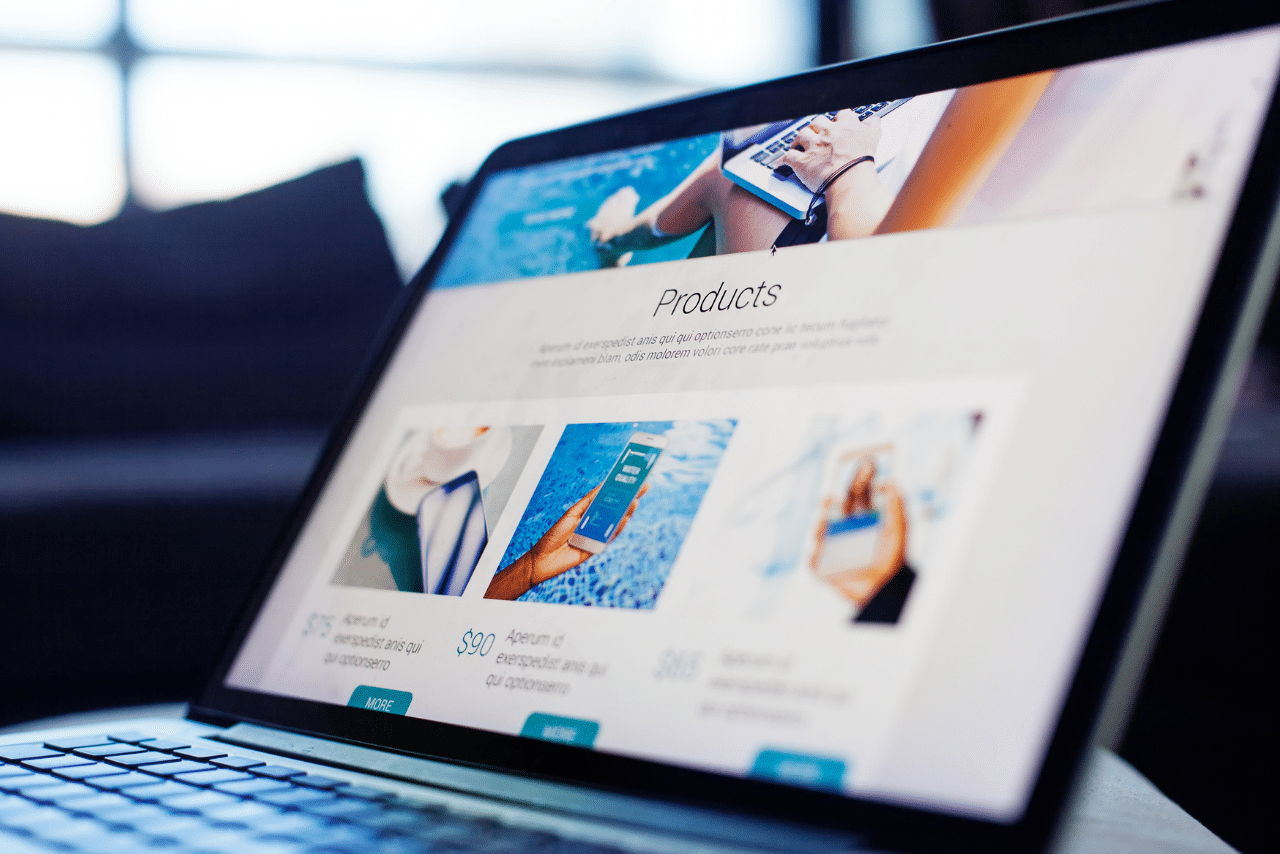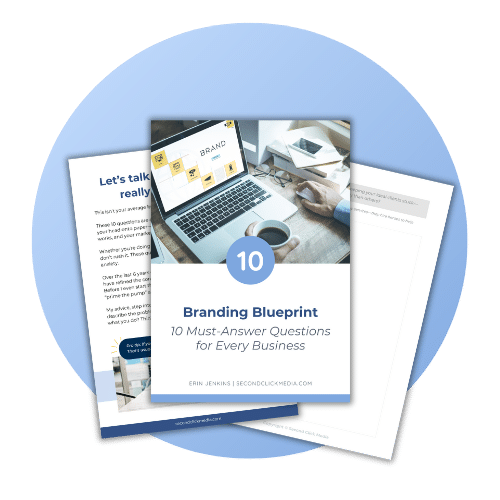Now that you have invested a significant amount of time and money into building a killer website that converts visitors to customers, how can you get more eyes on it? It needs to be more than just “if you build it, they will come” idea.
The success of your online presence heavily depends on the amount of traffic your website receives. High website traffic not only enhances brand visibility but also increases the chances of sales and conversions. However, driving traffic to your website requires a strategic approach that combines SEO, content marketing, and social media engagement among other techniques.
In this guide, we will explore effective strategies to boost your website traffic, ensuring your online presence is not just visible but thriving.
Understanding the Basics of Website Traffic
Before diving into the strategies, it is important to understand what website traffic is and why it matters. Website traffic refers to the number of visitors who land on your website; basically, the number of eyeballs on the screen.
These visitors can come from various sources, including organically searching for you on search engines, seeing a social media post, direct visits by typing in the domain, and referrals (when other websites link to yours).
High-quality traffic involves visitors genuinely interested in your products or services, which is essential for achieving your website’s objectives.
1. Optimize for Search Engines (SEO)
Search Engine Optimization (SEO) is a fancy way of labeling the catalog of businesses on the internet – the library of websites. Just like in a library, a book is indexed and organized based on it’s content, a website is also scanned and cataloged on the internet by search engines. The more your website is search engine friendly, meaning it has all the important key elements Google and Bing are looking for, the more likely those looking for your business will find you.
Keyword Research
Start by identifying the keywords your target audience uses to search for your products or services. Use tools like Google Keyword Planner or SEMrush to find relevant keywords with high search volumes. Once you have identified what the words are, make sure to use them in the page title, headings, and content of your website.
On-Page SEO
Ensure your website’s content, including titles, headings, and meta descriptions, is optimized for your target keywords. Also, improve your site’s UX and loading speed to reduce bounce rates. Usually this step should happen before you build your website, but it is never too late to optimize your content!
Off-Page SEO
Build quality backlinks from reputable sites within your niche. Guest blogging and influencer collaborations are effective strategies to enhance your site’s authority and traffic.
If you are a local business, consider optimizing your Google Business Profile by getting recent reviews, posting content, updating pictures, and answering FAQs to increase your activity and ultimately your find-ability.
2. Content is King
Create Valuable Content
Produce high-quality, engaging content that addresses the needs and interests of your audience. Whether it’s blog posts, videos, or infographics, your content should provide value and encourage sharing.
Blogging is DEFINITELY still a thing, and depending on your business, it can help generate website traffic for years to come.
Use Engaging Formats
Incorporate a mix of content formats to keep your audience engaged. Videos, infographics, and interactive content can significantly increase dwell time and social shares.
3. Leverage Social Media
Promote Content on Social Platforms
Use social media platforms to share your content and engage with your audience. Tailor your posts to each platform to maximize engagement.
Engage with Your Followers
Don’t just post content; interact with your followers by responding to comments, running polls, and participating in discussions. Building a community around your brand can drive significant traffic.
4. Email Marketing
Build an Email List
Offer something of value, like a free ebook or a discount code, in exchange for email signups. An engaged email list can be a powerful tool for driving traffic.
Send Regular Updates
Keep your audience informed and engaged by sending regular newsletters that highlight new content, offer exclusive deals, or share industry news.
5. Paid Advertising
Google Ads
Utilize Google Ads to place your website at the top of search results for specific keywords. This can provide an immediate traffic boost, usually through pay-per-click campaign where you only pay for those who end up clicking on your website in search results.
However, utilizing ads can be tricky because it largely depends on your customer value, ad spend, competition, and the type of business you have. It is a good idea to discuss this option with an expert who can help you avoid wasting money on the wrong thing.
Social Media Ads
Invest in social media advertising to target specific demographics, interests, and behaviors, increasing your website’s visibility to your ideal audience. Social media depends heavily on your target audience’s platform preference and the type of ad you are trying to run vs the offer you want to push.
The best way to know what works is try things organically first to see how your followers engage with you before investing in a large campaign that may or may not work.
Conclusion
Driving traffic to your website is a multifaceted endeavor that requires patience, consistency, and a willingness to adapt to changing digital marketing landscapes. By implementing the strategies outlined above, you can increase your website’s visibility, engage your target audience, and ultimately, boost your site’s traffic. Remember, the key to success is providing value to your visitors, whether through informative content, an excellent user experience, or engaging social media presence.
FAQs
Q1: How long does it take to see results from SEO? A1: SEO is a long-term strategy. It can take several months to a year to see significant improvements in traffic and rankings.
Q2: Is paid advertising worth the investment? A2: Yes, when used strategically. Paid advertising can provide an immediate traffic boost and target specific audiences effectively.
Q3: How often should I update my website’s content? A3: Regular updates are crucial. Aim to publish new content at least once a week to keep your audience engaged and improve SEO.
Q4: Can social media really drive traffic to my website? A4: Absolutely. Social media is a powerful tool for promoting content, engaging with your audience, and driving traffic to your site.
Q5: What’s the most important factor in driving website traffic? A5: There’s no single factor; it’s a combination of quality content, SEO, social media engagement, and user




